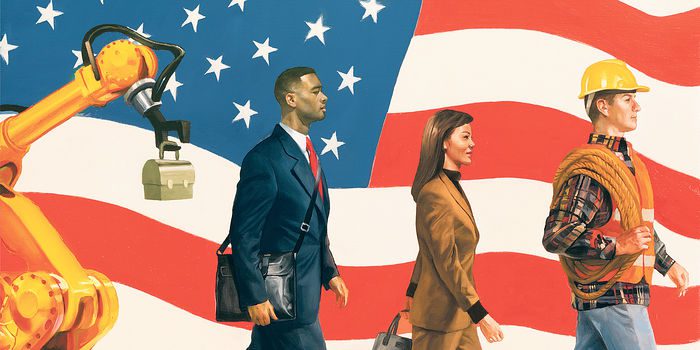Is the American Dream Still Alive or Just a Political Myth?

The concept of the American Dream has long symbolized hope, opportunity, and upward mobility. Generations of people around the world have looked to the United States as a land where hard work could translate into success. Yet, in 2025, the reality seems more complex than ever. While some Americans still achieve remarkable accomplishments, growing economic inequality, political division, and social challenges raise questions about whether the American Dream is genuinely attainable or merely a political myth. This article examines the roots, transformations, and current state of the American Dream, offering a comprehensive view for anyone curious about this enduring symbol. (News)
Historical Roots of the American Dream
The American Dream originated in the early colonial era, shaped by ideals of freedom, land ownership, and social mobility. For centuries, immigrants and native-born citizens alike believed in the possibility of improving their lives through determination and effort. Post-World War II prosperity expanded this vision, with homeownership, higher education, and stable employment becoming tangible markers of success. However, as time progressed, economic and social factors began reshaping this dream, creating both opportunities and barriers. (Breaking News)
Economic Challenges and Opportunities
Despite the narrative of opportunity, many Americans face growing economic obstacles. Wage stagnation, rising housing costs, and limited access to healthcare disproportionately affect lower- and middle-class families. Meanwhile, the wealthy continue to accumulate significant resources, reinforcing income inequality. Yet, sectors like technology, healthcare, and renewable energy continue to provide avenues for upward mobility, demonstrating that while the American Dream is challenged, it is not entirely unreachable. (U.S News)
Political Divisions and the Dream
America’s political landscape has become increasingly polarized, with debates over taxation, healthcare, and education influencing the accessibility of opportunity. Policy decisions at both federal and state levels significantly impact economic mobility, public services, and social equity. This polarization has led some to question whether the American Dream is genuinely a shared aspiration or a concept manipulated for political purposes. (Trump News)
Social Mobility and Education
Education has historically been a key driver of the American Dream. Access to quality schools and higher education institutions can transform individual futures. However, rising tuition costs and unequal school funding create barriers, especially for students from disadvantaged communities. Despite these hurdles, stories of individuals who have risen from modest backgrounds to achieve significant professional success highlight the enduring potential of education as a pathway to the American Dream. (World)
The Impact of Technology on Opportunity
Technological advancements have created new industries, jobs, and global connections. Digital entrepreneurship, remote work, and innovative business models allow some Americans to achieve financial independence and social mobility in unprecedented ways. Yet, automation, AI, and technological displacement also threaten certain traditional jobs, forcing society to continuously adapt to preserve access to the American Dream.
Cultural and Psychological Dimensions
The American Dream is not merely an economic goal—it is a cultural and psychological concept. Aspirations for homeownership, career advancement, and family security motivate countless individuals. Media representations and political rhetoric shape perceptions, influencing how Americans view success and failure. The gap between perception and reality can lead to frustration or disillusionment, particularly among younger generations who face high debt and limited career stability.
Inequality and the American Dream
Inequality remains one of the most significant challenges to the American Dream. Racial disparities, gender gaps, and regional differences create varying experiences of opportunity. Studies show that individuals from marginalized communities often encounter systemic obstacles, reducing the likelihood of upward mobility. Yet, stories of resilience and achievement demonstrate that the dream persists, even in the face of structural challenges.
Global Perspective
The American Dream has influenced societies worldwide, shaping immigration patterns and international perceptions of opportunity. While other countries offer alternative paths to success, the U.S. remains a symbol of possibility for many. This global perspective reinforces the cultural significance of the American Dream, even as its practical accessibility is debated domestically. (News)
Future Prospects
Looking ahead, the American Dream will likely continue evolving. Policy reforms, technological developments, and social movements will shape how opportunity is defined and accessed. To maintain its relevance, society must address inequalities and expand access to education, healthcare, and economic resources. A renewed commitment to fairness and inclusion could revitalize the American Dream for future generations. (Breaking News)
The American Dream in 2025 is neither a simple myth nor a guaranteed reality. It exists as a complex, evolving ideal influenced by economic, political, and social factors. While challenges are undeniable, pathways to opportunity remain available for those willing and able to navigate the modern landscape. Ultimately, the American Dream continues to inspire, motivate, and challenge both Americans and the world to pursue a vision of possibility. (U.S News)




